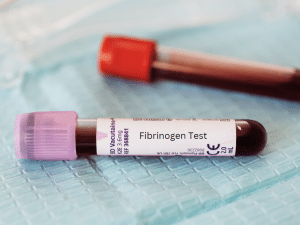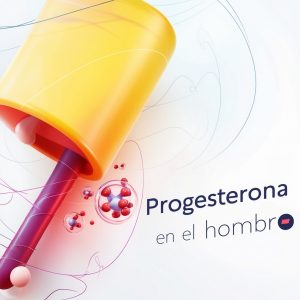Probably, estrogen is a group of one of the primary female sex hormones. Those substances are mainly crucial for the normal development of secondary sex characteristics and the reproductive system.
In some cases, high estrogens in women may develop naturally, for example, during pregnancy, which may also decrease symptoms of some autoimmune diseases [1]. But It can also be a sign of severe conditions.
Main Reasons for High Estrogens In Women
Various health problems may become a reason for high estrogens in women. Among them, for example, are the following:
- Liver diseases
- Obesity
- Tumors of the female reproductive system
Also, regular reception of a few groups of medications may become a reason for increasing these hormones levels in women organisms. Those medications include:
- A few types of antibiotics [2]
- Phenothiazines
- Oral contraceptives
- Natural and herbal remedies
Those are not the only possible reasons which may lead to increased indications of those chemical substances in human blood. So get sure that you get a doctor’s consultation before making any serious decisions about your future treatment.

Primary Symptoms of High Estrogens In Women
The main symptoms, which may indicate to the high estrogens in women, are the following:
- Decreased libido
- Anxiety
- Tenderness in breast
- Irregular periods
- Highly expressed PMS
- Swelling
- Various cognitive functions problems
- And many others
You also need to understand that those symptoms are not the only possible accompanying high estrogens in women. For example, according to the review from the “Post Reproductive Health,” increased levels of estrogens may lead to migraines in women [3].
How To Treat This Condition?
Any severe changes in the hormonal background need to involve specialized and intense medical treatment. At first, you need to see your doctor and get a full examination if you feel any of the mentioned above symptoms. You will also need to get a complete analysis of the endocrine system, as some other reason may cause them.
When the increased estrogen level diagnosis is confirmed, you may be prescribed certain medications. Among them, for example, aromatase inhibitors, leuprolide, goserelin, and many others.
If some other reason causes your condition, like a tumor in the ovary, you may need a surgical operation. Different other types of treatment may also be performed according to the needs and thoughts of you and your doctor.
How to Monitor Estrogen Levels Properly?
The best way to understand whether your estrogen level is average or not is to use special estrogen tests. They can help to determine the level of estrogens as in urine, so as in blood, depending on the test type and women’s needs and wishes.
Also, as these hormones play a significantly important role in aging processes [4], the importance of monitoring their level increased over the past few years immensely and kept growing.
In any case, you need to remember that urine and blood measurements are not interchangeable. So you need to get advice from your doctor to be sure what is the best test type which will fit your particular case.
References:
- Haghmorad D, Amini AA, Mahmoudi MB, Rastin M, Hosseini M, Mahmoudi M. Pregnancy level of estrogen attenuates experimental autoimmune encephalomyelitis in both ovariectomized and pregnant C57BL/6 mice through the expansion of Treg and Th2 cells. J Neuroimmunol. 2014;277(1-2):85-95. doi:10.1016/j.jneuroim.2014.10.004 https://pubmed.ncbi.nlm.nih.gov/25457839/
- Bossens M. Antibiotiques et grossesse [Antibiotics and pregnancy]. Rev Med Brux. 2001;22(4): A260-A263. https://pubmed.ncbi.nlm.nih.gov/11680185/
- MacGregor EA. Migraine, menopause and hormone replacement therapy. Post Reprod Health. 2018;24(1):11-18. doi:10.1177/2053369117731172 https://pubmed.ncbi.nlm.nih.gov/28994639/
- Lephart ED. A review of the role of estrogen in dermal aging and facial attractiveness in women. J Cosmet Dermatol. 2018;17(3):282-288. doi:10.1111/jocd.12508 https://pubmed.ncbi.nlm.nih.gov/29436770/



